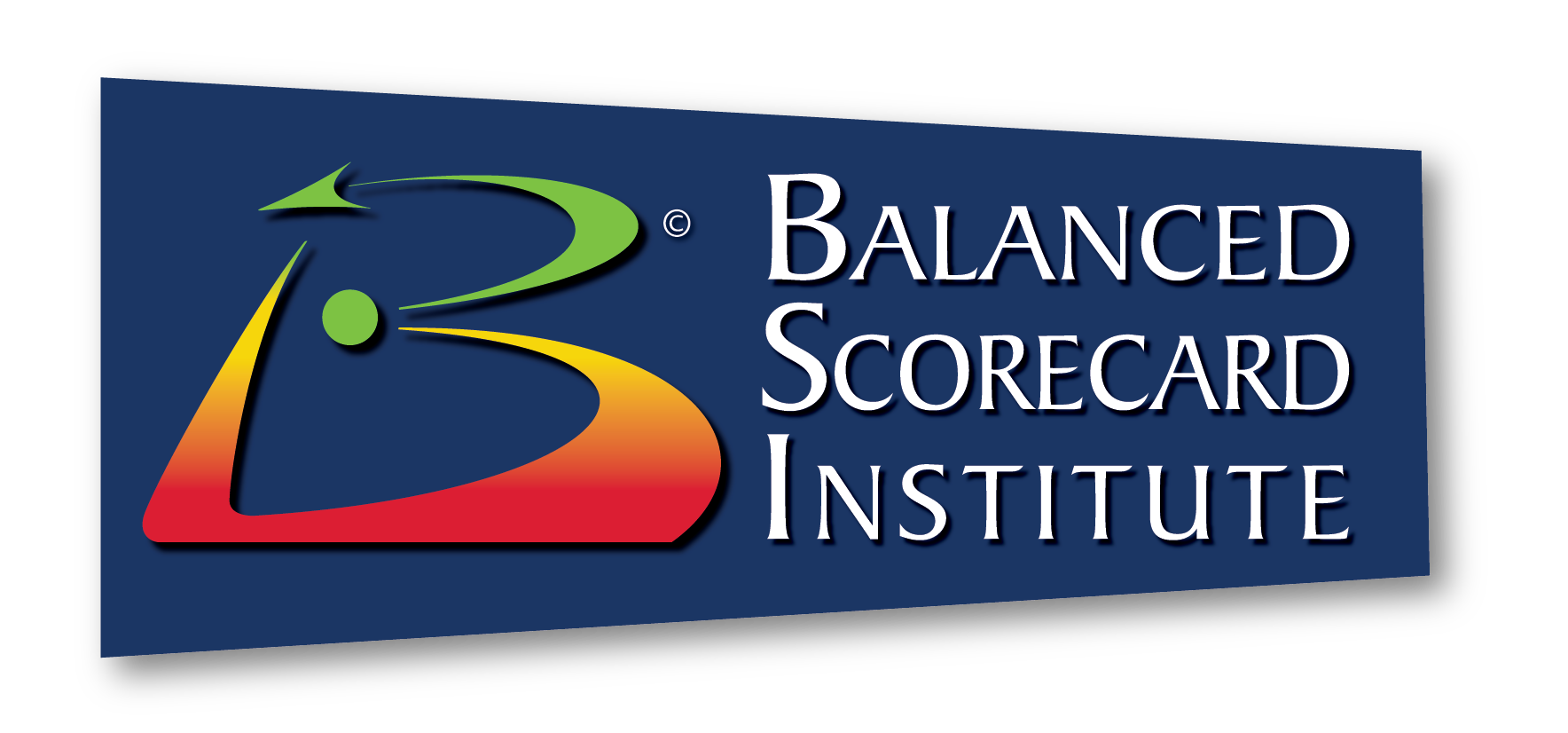Dateline: CAMP ARIFJAN, Kuwait. First, let me acknowledge that for some inexplicable reason, my career has repeatedly veered into Department of Defense work and this little fact is extremely amusing to those who know that my idea of “roughing it” means staying in less than a four-star hotel and, even worse, having to eat with plastic utensils and use paper napkins. Nonetheless, I and my high heels are frequently found traipsing across military bases.
I was recently on yet another military base and had the opportunity to visit with a former Institute student – a U.S. Army Colonel. He had deployed to Kuwait just days after attending our Balanced Scorecard Boot Camp course in 2011. Upon arrival he found that the Army Contracting Command for which he was to be responsible was faced with tremendous challenges – from dealing with perceptions of corruption in the local supply chain to managing the extreme complexities of contracting for all of the products and services needed by the Army in such a challenging location.
This particular command needed a rapid transformation in order to achieve his vision of “being recognized by our customers as the best contracting office in the U.S. Army.” – a bold vision considering the challenges that he and his team were facing.
But before his tour of duty had ended, his contracting command had, indeed, received accolades and acknowledgement as being one of the best Army Contracting Commands anywhere in the world.
How did he lead his Command to achieve this vision in such a short time period? He applied his new knowledge and developed a strategic balanced scorecard.
A few “secrets” to the success of his scorecard implementation should sound familiar to students of The Institute Way:
- Leadership Engagement: Command & staff meetings utilized statistics on a dashboard tool to provide a snapshot status of where the organization was in accomplishing the strategic plan objectives.
- Incorporating the “Voice of the Customer”: The team regularly conducted customer satisfaction surveys to obtain feedback in order to sustain or improve the contracting processes within the command.
- Alignment: The command’s managers embraced the strategic scorecard and used it for employee counseling and to track personnel contributions.
Army Public Affairs subsequently featured the command’s accomplishments – to learn more: http://www.army.mil/article/71433
To learn more about how to achieve transformational results for your organization or to read more stories of break-through success, we invite you to explore The Institute Way: Simplify Strategic Planning & Management with the Balanced Scorecard.
Gail is co-author of The Institute Way. With a career spanning over 30 years of strategic planning and performance management consulting with corporate, nonprofit, and government organizations, she enjoys speaking, training, and writing, sharing her experience with others. She currently is a Partner at Credera in Dallas, TX.


